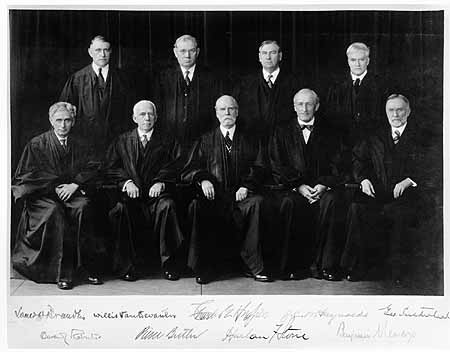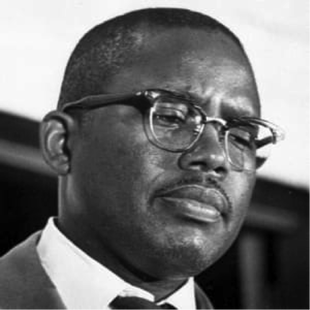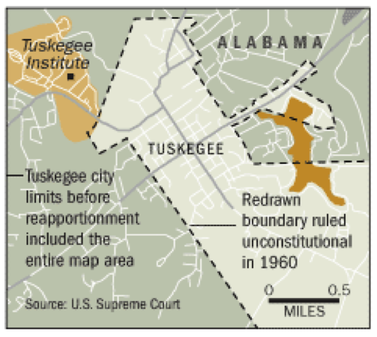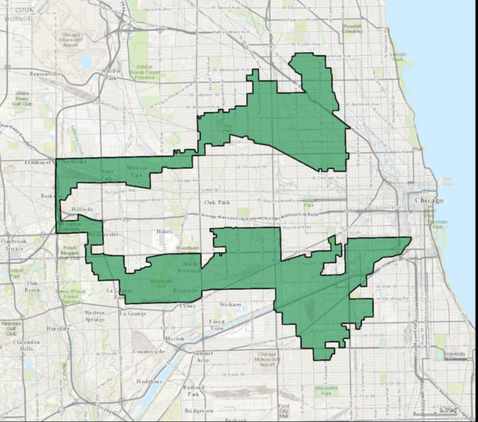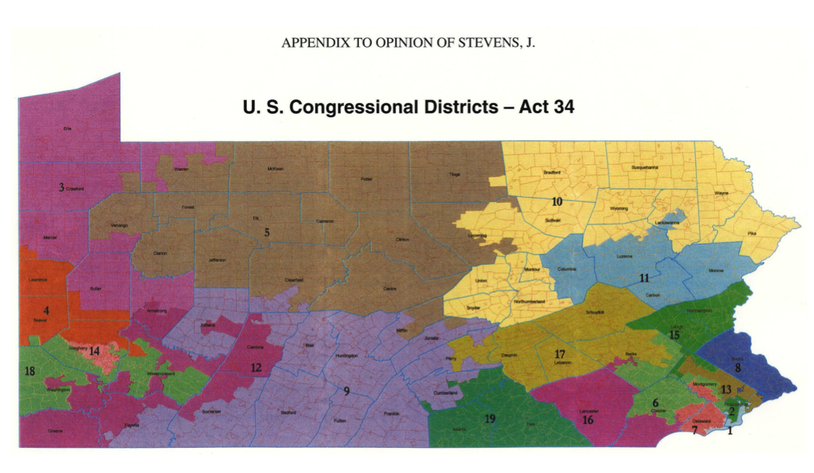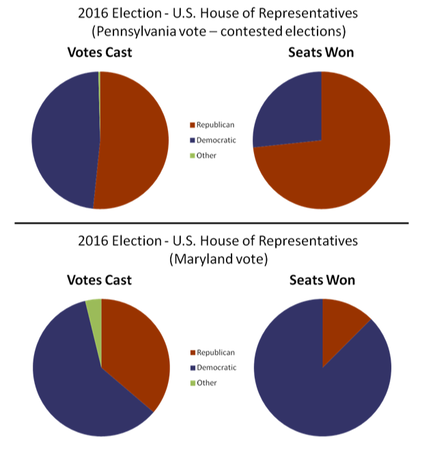The Highest Court Hesitates
“Courts ought not to enter this political thicket.”
-- Supreme Court Justice Felix Frankfurter, declining to
intervene in a redistricting case (Colegrove v. Green, 1946).
The judicial branch was called upon to review legislative curbs
on redistricting abuses. The Court’s engagement, however,
created more confusion than clarity.
on redistricting abuses. The Court’s engagement, however,
created more confusion than clarity.

